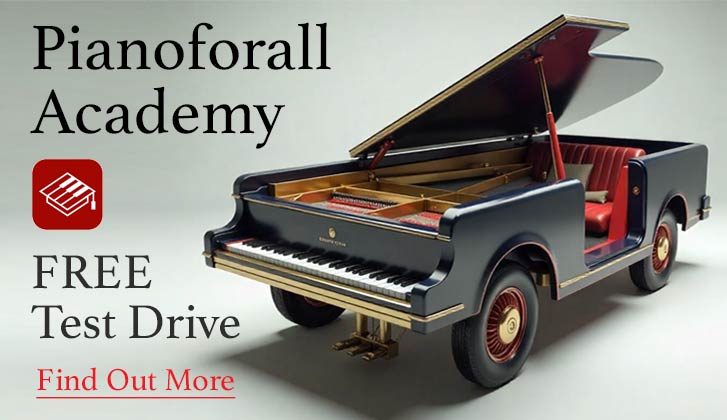Every February, the Super Bowl explodes onto screens with music, fireworks, and football drama.
And while guitars, dancers, and fireworks grab headlines, the piano has quietly made its mark — becoming an unlikely star of the Super Bowl halftime show and national anthem performances.
Its journey mirrors the game’s evolution from a simple sporting final to a global entertainment phenomenon.
Humble Beginnings: When the Piano Was Nowhere in Sight
At the first Super Bowl in 1967, halftime was about marching bands, drill teams, and cheerleaders.
A piano at the 50-yard line? Unthinkable.
This was pure sport — no special effects, no mega-stars, and certainly no circular, 294-key keyboards.
For Readers Outside the U.S.: What the Super Bowl Actually Is
If you live outside the United States, the term football probably means soccer.
In the U.S., though, football refers to American football — a stop-start, high-contact sport built around set plays, field position, and brute strength.
It’s governed by the NFL (National Football League), and its season ends with one enormous event: the Super Bowl – the most-watched annual broadcast in America.
The U.S. isn’t alone in redefining “football.”
In Australia for example, it often means Australian Rules Football, while in Ireland, Gaelic football dominates much of the sports calendar.
But the Super Bowl is uniquely American — a fusion of championship sport, big-money advertising, and blockbuster entertainment beamed live across the world.
The Rise of the Halftime Show: From Bands to Global Icons
In the 1980s, the NFL realised the Super Bowl could be more than a game.
With television audiences in the tens of millions, halftime became an entertainment showcase.
Out went the college marching bands; in came megastars. Michael Jackson’s 1993 performance changed the format forever.
Prince in 2007 sang “Purple Rain” in an actual downpour.
Beyoncé simply owned the stage in 2013.
This shift turned halftime into both a cultural milestone and a marketing goldmine.
Artists saw instant bumps in sales and streaming.
The NFL charged advertisers record-breaking rates.
And pianos, once absent from the stadium, found their place alongside pyrotechnics and dance troupes.
When The Piano Offers Comfort: Alicia Keys in 2017
Just days before Super Bowl LI, a terrorist attack struck New Orleans’ Bourbon Street.
In a moment of calm before the game’s chaos, Alicia Keys performed an impromptu piano ballad in the French Quarter.
It wasn’t part of the broadcast, but it resonated across social media — a reminder that a few well-placed chords can carry more emotional weight than an entire fireworks display.
Super Bowl Piano Highlights (Chronological)
2002 – Barry Manilow: Short pre-game medley, mostly off-camera.
2007 – Prince: Rainproof grand piano on standby.
2013 – Alicia Keys: Longest piano-backed anthem (2:35).
2015 – John Legend: Low-key “America the Beautiful” at the keys.
2016 – Lady Gaga: Anthem with dramatic piano arrangement.
2017 – PianoArc: Lady Gaga’s keyboardist played the 294-key circular piano during halftime.
2017 – Alicia Keys: Tribute performance after Bourbon Street tragedy.
2022 – Andra Day: Gospel-infused anthem pre-game.
2024 – Alicia Keys: Red piano duet with Usher during halftime.
2025 – Jon Batiste: Performed the anthem on a hand-painted piano by Suleika Jaouad.
The PianoArc: A Futuristic Halftime Star
The 2017 halftime show stunned audiences when Lady Gaga’s keyboardist stepped into the PianoArc — a circular, 294-key instrument that looked more like a spaceship control panel than a piano.
It proved that even in the biggest show on earth, innovation can steal the spotlight.
Streaming Brings The Keys Closer
In the streaming era, the piano benefits from high-definition close-ups.
You see the hammer fall, the pedal depress, the sweat bead.
Performers like Alicia Keys (2013), Lady Gaga (2016), and Jon Batiste (2025), turned these moments into viral social media clips — proof that the smallest details can carry the biggest impact.
Super Bowl Piano Trivia
2002: Barry Manilow’s medley was almost completely cut from TV.
2007: Prince’s rainproof piano prep showed just how unpredictable live shows can be.
2013: Alicia Keys’ anthem set a Super Bowl length record.
2016: Lady Gaga’s piano-led anthem drew critical praise.
2017: The PianoArc became a halftime icon — and briefly crashed its own website.
2024: Alicia Keys’ red piano made a halftime duet unforgettable.
2025: Jon Batiste’s painted piano is now a piece of living art on public display.
Final Reflection: Why the Piano Belongs at the Super Bowl
The piano at the Super Bowl has gone from sidelines to spotlight — from quiet accompaniment to cultural symbol.
It’s been a comfort in crisis, a centrepiece in spectacle, and a magnet for close-up, heart-stopping moments.
In a three-hour football extravaganza, a single piano note can still steal the show.



